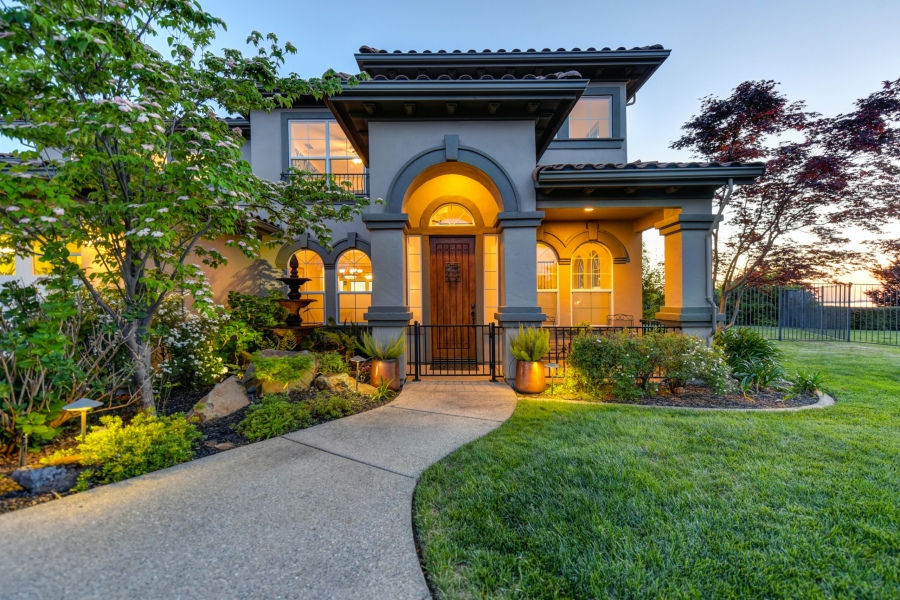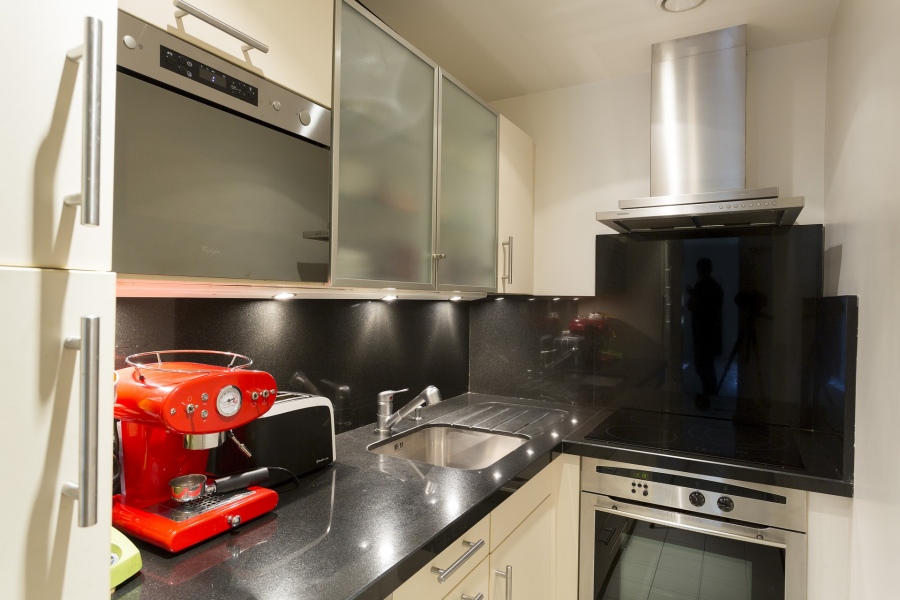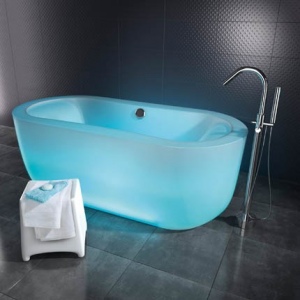When deciding on flooring for your home there are numerous factors to consider, most importantly your budget, function, and preferred aesthetic appeal. The three primary flooring options are carpet, tile, or wood; each offering different advantages and disadvantages. The flooring option you select will be a long term decision, so choose wisely.
Carpet
The appeal of carpet has declined over the years due to the cultural change to a more health-conscious society. Carpet holds odors, traps dirt and grime which requires extra maintenance to clean, and look under a microscope at a slide of carpet, you will witness the breeding ground for bacteria that carpet is. Needing replaced more frequently than other flooring options, carpet simply is not as popular as it once was.
However, if you do choose carpet, a vast selection of materials, styles, colors, and patterns is available. The most common carpet styles are plush, tweed, berber, or frieze. When considering the type of carpet, there are four main criteria to consider:
- Fiber – the carpet material itself.
- Pile – the height of the carpet.
- Density – the measure of how closely packed the strands of fiber are to each other.
- Texture – the style in which the fibers are twisted, looped, or cut. The texture determines the look and feel of the carpet, and is a major factor in its durability.
Although these are the main criteria for selecting carpet, one item people often overlook is the carpet padding. The feel of your carpet is only as good as your padding, so don’t go cheap, especially after you’ve chosen an expensive carpet.
Carpet does have one major advantage over the other types of flooring – sound. Carpet is a quiet surface to walk on, and the soft material is sound absorbing. For tile and wood flooring, an area rug can be used to help dampen the sound.
Tile Flooring
Tile offers an easy-to-clean surface that is simple to maintain, and is relatively easy to install and repair. Tile also offers a long lasting, durable surface, as the three main materials for tile flooring are porcelain, ceramic, or stone.
Ceramic is the cheapest of the tile materials, and is subject to break more easily than its tile flooring counterparts. These tiles are typically made from white or red clay mixtures and finished with a durable glaze. They are useful in both wall and floor tile applications. Ceramic is the least demanding tile to install, as they are light-weight and the easiest to cut.
Porcelain is harder than ceramic and more damage resistant, excellent for both light and heavy traffic rooms or areas. Because it is resistant to moisture, porcelain is the best material for bathrooms and laundry rooms. It is the mid-range priced material, but in some situations porcelain is the more practical tile choice.
Stone is the most porous of the tile options and therefore susceptible to staining and is harder to clean. Much more expensive, stone tile is more difficult to install because it is the hardest tile material to cut. This natural element tile material is considered the high-end choice of tile.
Hardwood Flooring
Hardwood, like tile, require minimal maintenance and are easy to clean. However, if they get wet they can stain or warp. Aside from water and moisture, wood is extremely durable. But because it is susceptible to water damage, solid hardwood flooring is a poor choice for bathrooms or concrete slabs.
Finished hardwoods are available in sealed and pre-stained options, while unfinished wood allows the Do-It-Yourselfer to put their personal touch on the floor. Two other options when choosing hardwood floors are thickness and hardness. Thickness adds to the durability and life of the flooring, as well as cost. The hardness rating helps determine the type of wood needed, depending on the floor’s traffic. The higher the traffic, the harder wood needed for the flooring.
With proper maintenance and care, wood flooring can last hundreds of years, paying itself off over its lifetime.
Justin operates a small flooring installation shop, Flooring HQ Store. He likes to share his expertise about all of the flooring update options available in the market today.





